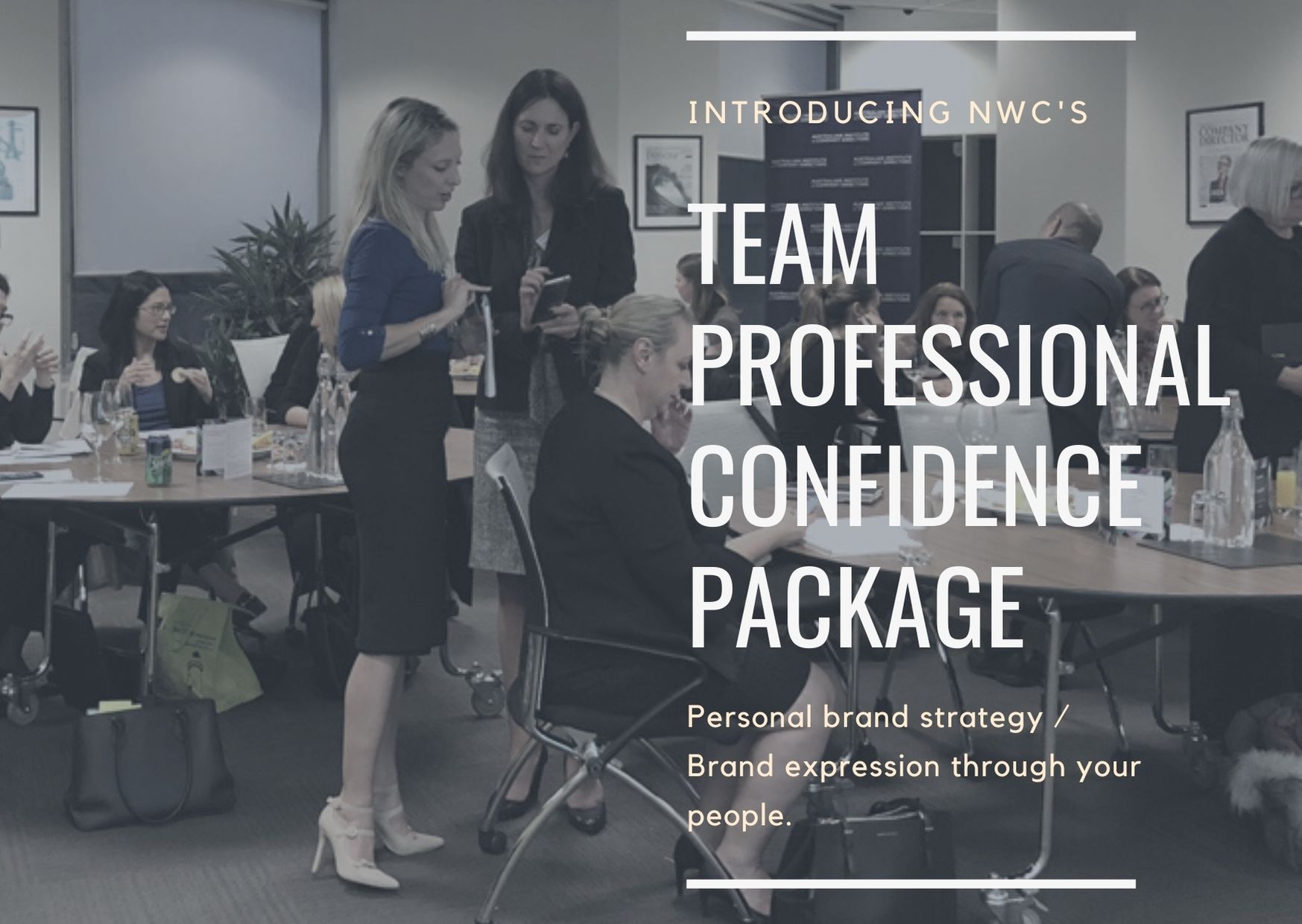Innovative Ways to Build Trust in Business: Bridging the gap between Brand and Culture
I recently had the pleasure of being interviewed by innovation and scale-up strategic advisor Eva Chye for If Innovation Could Talk. We discussed:
- innovative measures New Work Consulting has developed to address the divide between a company’s brand and its culture,
- the ways businesses can build trust in the digital age, and
- how individuals build trust through their personal brands.
Here are some highlights from the discussion.
Q: Julissa, you have coined the term ‘Brand Culture’ to describe the connection between an organisation’s brand and its culture. What inspired this innovative focus for your advisory?
I describe Brand Culture as ‘brand expression through your people’. It refers to the ways team members understand and communicate the business vision, brand values and key messages, both internally among themselves and externally with stakeholders.
To build trust in a business, the intersection between the company brand and the company culture requires a clear strategy at board and leadership level, and engagement from the whole staff to understand and address how they see, relate to, communicate and express the brand in their daily work and in their online and offline communications with stakeholders and audiences.
Yet – I see a real gap here:
- Boards are now starting to more deeply address Culture on their agendas, but it is disconnected from Brand, because this is still seen as the realm of the internal organisation (in some cases, just the marketing department).
- Leadership teams experience a lack of clarity and real, on-the-ground meaning when it comes to brand, despite having undertaken ‘branding’ and ‘purpose’ exercises.
- Individual staff members are unable to meaningfully articulate what the brand stands for and what it means to them in their daily work, when asked.
- External stakeholders and audiences experience a disconnect between what the ‘official branding’ tells them and what they experience through their interactions with staff, or through online commentary such as staff and customer reviews and media pieces.
You can see how each of these problem areas point to the necessary connection between the company brand and its culture… but most leaders don’t have a clear pathway and tools to tackle this.
See below for how to bridge the gap and build trust…
Enquire about your eligibility for a complimentary Team Personal Brand Awareness Session or a walk through NWC’s Trust Map to see where your organisation sits in building trust with stakeholders. More information on our Brand Culture Advisory page.
Q: As a Brand Culture and Personal Brand Advisor, you look at how trust is built at the organisational level, as well as at the team and individual level. How can businesses build trust in the digital age, and is it any different for individuals?
In the Edelman Trust Barometer report of early 2020 (which measures public trust in institutions, based on perception of competence and ethics), trust in businesses was put into question, and in Australia we saw this reflected in multiple Royal Commissions into different industries and truths coming to the surface. But by early 2021, trust in business had increased, trusted more than governments in 18 out of 27 countries surveyed. Businesses are now seen to be taking the lead on issues of public importance, such as social and environmental responsibility, and wellbeing and equality for staff.
When it comes to business, leaders have an opportunity to showcase how they are taking the lead as trustworthy members of the community, through what is prioritised and communicated. Businesses can address:
- How their culture is displayed, built or broken down in the online space,
- How engaged individual staff members are with the brand, and
- How empowered they are to build trust with external audiences.
One tool NWC has developed to assess and address how their brand is communicated through internal culture and external audiences is the Brand Expression Quadrant. This looks at how the brand is expressed in planned and unplanned ways, internally and externally, in-person and online. It is like a ‘net’ to catch all the brand touch points people come across, in order to see where there may be confusion or disconnects… in other words, which touch points need work.
“It is like a ‘net’ to catch all the brand touch points people come across, in order to see where there may be confusion or disconnects…”
At an individual level, I work with people’s personal brand positioning, communication and confidence to help build trust, as ambassadors for the business and as individual professionals with their own goals for their daily work and their broader careers.
When you are clear and confident, others place their trust in you. So giving yourself or your staff the opportunity to build clarity and focus in the ways we communicate about who we are at work and the value that we bring to stakeholders, and then working on ways to make this visible to audiences, become a powerful pathway to building trust for business and career growth. It also makes for more confident, cohesive teams of people with ‘leadership mindsets’!
“When you are clear and confident, others place their trust in you.”
The interview highlights, including a demonstration of NWC’s tools, in If Innovation Could Talk’s LinkedIn post below:

